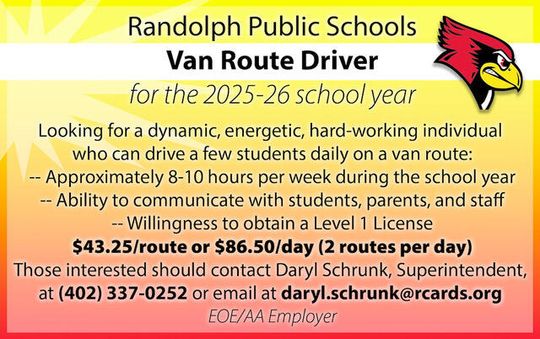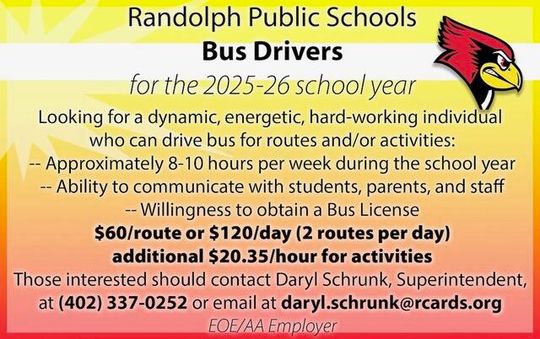UNL Extension
Weaning weights are one benchmark producers like to look as a measure of herd success. Many factors can influence a calf’s weaning weight, including genetics, age at weaning, environment, and nutrition. Some of those factors, like weather, we have no influence over. Some take long periods of time to influence, like genetics. Others like nutrition can see more immediate results.
With pastures short due to ongoing dry weather or still recovering from last year, influencing calf nutrition by creep feeding may seem like simple option for heavier calves come fall. Conceptually, creep feeding provides nutrition to increase calf weaning weights. However, this decision is never as straight forward as it seems.
You might be looking for a simple yes or no answer from me today about creep feeding on your operation, and I’m going to have to disappoint. Instead, here are some questions to consider for your operation when making the decision of whether or not to creep feed.
One of the first questions we have to ask when considering creep feeding is if the cost of the feed itself is worth the gains we will achieve in return. Even when cattle prices are high and feed costs low, take the time to put pencil to paper and figure out an answer to this question. We often run into problems right away when we just assume that things are in balance.
Once we get past the issue of the actual cost of creep feed, our considerations start to get a bit more nuanced. Where the calf will end up after leaving the operation needs to be considered. Data suggests that non-creep fed calves tend to catch up with their creep fed mates after weaning, so highest return will be on calves sold at weaning. If we are retaining heifers for a breeding operation, data shows creep feeding can lower long term productivity in the herd. Lower heifer productivity isn’t the only genetic issue to consider. Supplemental feed can increase genetic selection for growth. On its own, this doesn’t seem like a bad thing, but when we look at the big picture, selecting for animals that require more input than what the system can naturally provide is a recipe for longterm conflict. Animals that push growth too far can be hard to keep in good condition, leading to issues conception down the road. We end up having to provide supplemental feed to these cows to ensure a good breed-up, another cost to our operation.
Another factor that should be considered is labor. Figuring out the right creep ration, pricing out feeds, managing proper intake so calves don’t get too fat, choosing a feeder design, moving feed around, and starting calves on a creep feed all take time. This is time that could be spent on other projects and needs to be considered as such. There may be some benefits here to consider, too, like already having calves bunk-broke prior to weaning.
When pastures are short, creep feeding might look attractive by providing an alternative feed source to calves to maintain growth. This is true under conditions where forage intake to the cow and calf is severely limited, but can actually backfire and cause pasture to be grazed harder than normal. Let me explain.
As calves grow larger while on creep feed, their appetite grows as well. This means more milk is consumed from mom, and after they begin foraging in the pasture themselves, more grass. Increased milk demand will drive the cow to produce more milk, driving her forage consumption up as well. When forage is already limited this doesn’t matter, but if we are trying to save or stretch pasture, creep feeding, can end up shortening the grazing period instead.
Creep feeding calves is a management tool that works great when implemented under proper conditions. Factors like feed cost, return on investment, labor, pasture health, genetic impact, and where the calf will end up at the end of the feeding period all need to be considered when making the decision. Taking the time to weigh out all the costs and benefits can ensure you use creep feed effectively in your herd.
-Ben Beckman is a beef systems Extension Educator serving the counties of Antelope, Cedar, Knox, Madison and Pierce. He is based out of the Cedar County Extension office in Hartington. You can reach him by phone: (402) 254-6821 or email: [email protected].
.jpg)










